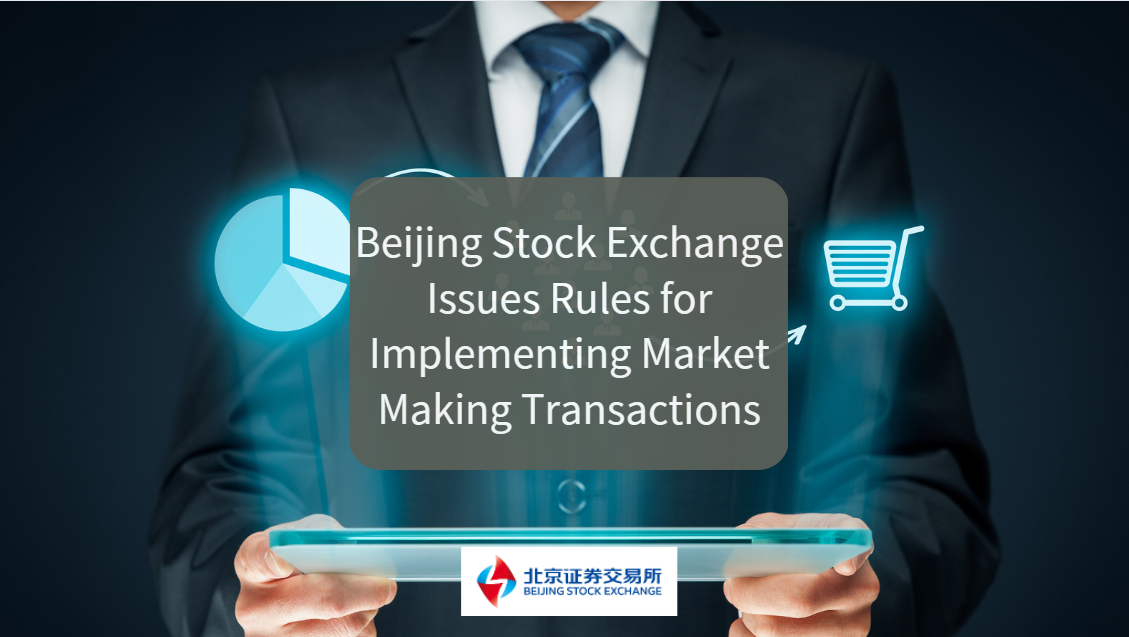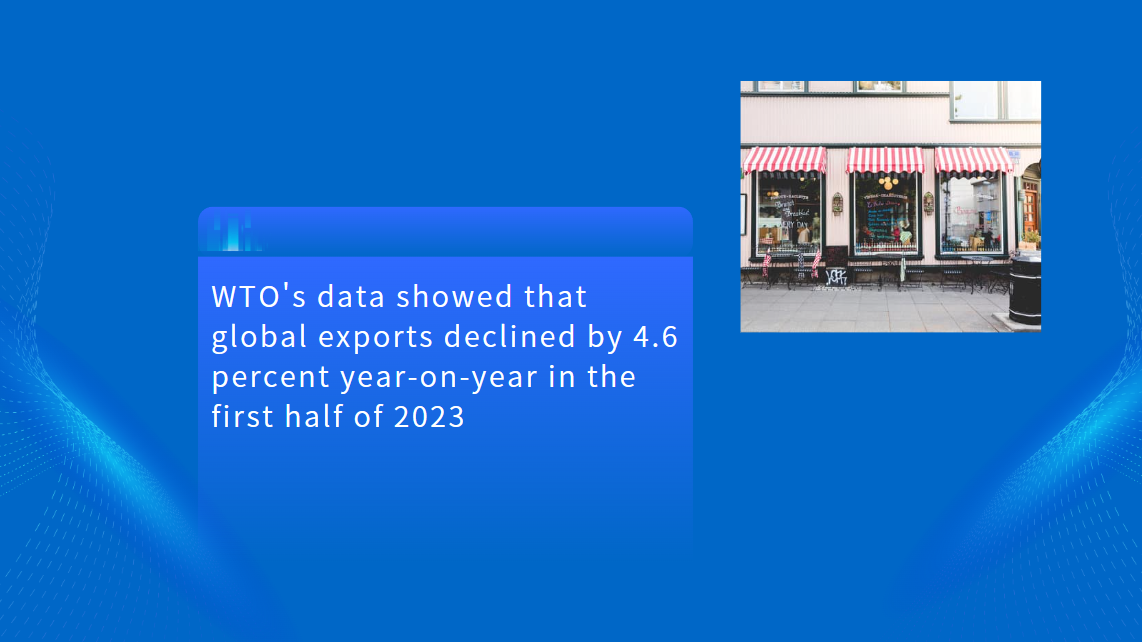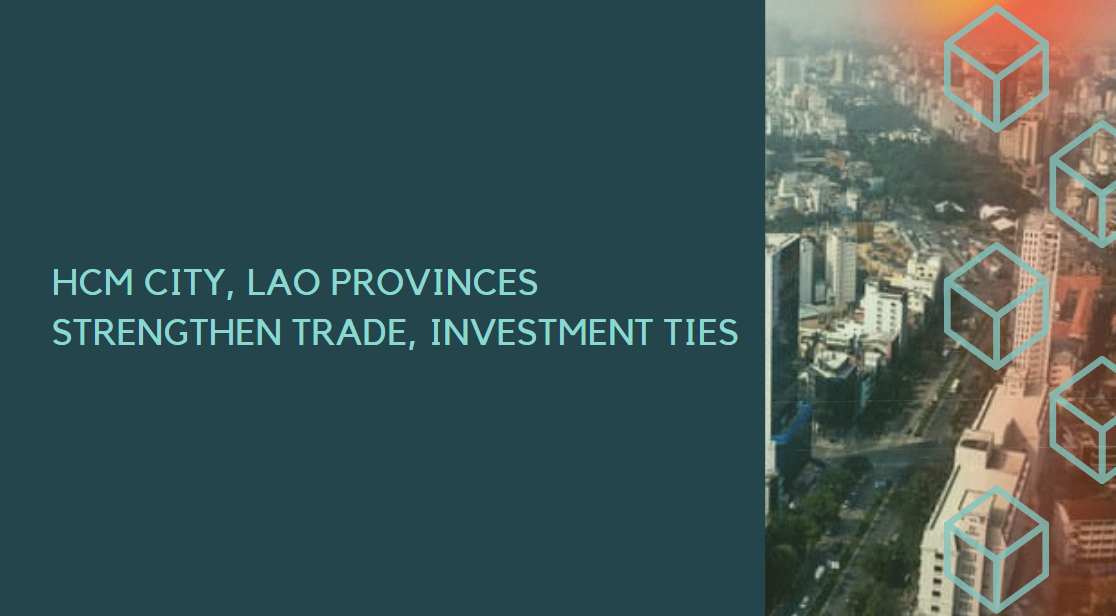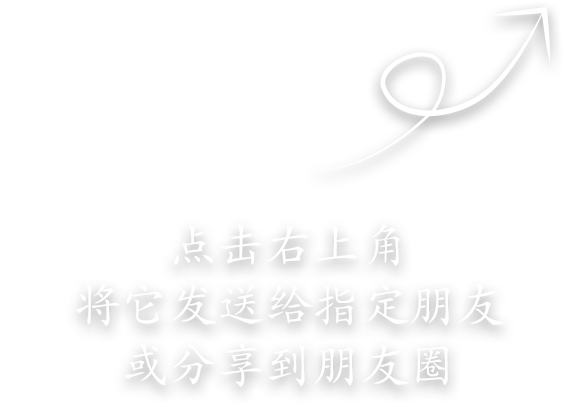China, Vietnam to consolidate trade ties
As of April 14, 2025, China and Vietnam are poised to elevate their economic and trade relations, driven by complementary trade structures, Vietnam's modernization initiatives, and the expanding influence of the Regional Comprehensive Economic Partnership (RCEP). Amid rising protectionism and global challenges, the two countries are focusing on industrial upgrading and digital transformation, unlocking new growth opportunities in sectors such as advanced manufacturing, green energy, smart logistics, e-commerce, and regional supply chain integration.
Market observers and industry experts believe that China and Vietnam, united by a shared vision for sustainable growth and economic resilience, are positioned for deeper and more dynamic economic ties in the years to come. According to Wan Zhe, a professor specializing in regional economic development at Beijing Normal University, these growing ties are underpinned by mutual strategic goals, including key national strategies such as Vietnam's National Green Growth Strategy for 2021-2030, its AI and R&D Strategy, and initiatives linked to the 4th Industrial Revolution.
Vietnam's Rising Appeal for Investment and Innovation
Vietnam's recent policy shifts have significantly bolstered its attractiveness as an investment and innovation hub, particularly for Chinese companies seeking expansion opportunities in Southeast Asia. In 2024, Chinese investments in Vietnam reached $1.97 billionbetween January and August, marking a rapid growth trajectory. This influx of capital is driven by Vietnam's emerging role in the regional economy, with investments focused on sectors such as technology, manufacturing, and infrastructure.
The China-Vietnam tradereached a notable 14.6% year-on-year growthin 2024, totaling 1.85 trillion yuan(approximately $254.05 billion). This surge is attributed to the growing intermediate goods trade, the rising freight volume on the China-Vietnam Railway, and the benefits derived from initiatives like the Belt and Road Initiative(BRI) and the RCEP. Trade continued to show strength in the first two months of 2025, rising 8.2% year-on-year, totaling 270.96 billion yuan.
Expanding Trade Between China and Vietnam
China's exports to Vietnam include a wide array of products: machinery, telecommunication equipment, electronic components, industrial raw materials, trains, ships, trucks, household appliances, and construction materials. Meanwhile, Vietnam exports agricultural and aquatic products, such as seafood, fruits, coffee, and rice, alongside smartphones, computers, rubber, footwear, garments, and furniture.
This trade balance highlights the complementary nature of the two economies, with China focusing on high-tech and heavy manufacturing, while Vietnam offers a strategic advantage in sectors such as assembly and low-cost labor.
Complementarity Drives Economic Collaboration
In the medium to long term, experts anticipate that China and Vietnam will continue to deepen their industrial complementarity rather than engage in direct competition. According to Gao Lingyun, a researcher at the Institute of World Economics and Politics at the Chinese Academy of Social Sciences, the two countries are at different stages of development. China leads in high-end manufacturing and technological capabilities, while Vietnam excels in assembly industries and offers a youthful, high-quality workforce.
Free trade agreements with various global economies, such as the EU-Vietnam Free Trade Agreement and the Comprehensive and Progressive Agreement for Trans-Pacific Partnership (CPTPP), further enhance Vietnam's position, opening up additional trade and investment opportunities for both countries.
Lan Qingxin, a professor specializing in cross-border investment studies at the University of International Business and Economics, added that Vietnam's proximity to China and its pro-investment policies give it a competitive edge over other Southeast Asian countries, as well as countries like India and Mexico.
This mutually beneficial dynamic enhances the resilience and depth of China-Vietnam economic ties, providing a strong foundation for further collaboration.
Case Study: Ningbo Dafa Chemical Fiber Co.'s Expansion into Vietnam
A practical example of this growing trade is Ningbo Dafa Chemical Fiber Co., a textile and chemical raw materials manufacturer based in Zhejiang province, China. The company has been expanding its presence in Vietnam due to strong demand for its products in the country's well-established furniture manufacturing industry. Wang Ling, the company's sales director, explained, "Our products are mainly used for furniture padding and bedding production, and Vietnam's growing furniture sector is driving strong demand for our textile yarns and synthetic fibers."
In the first two months of 2025, Ningbo Dafa's exports to Vietnam grew by 10.3% year-on-year, reaching 20.64 million yuan, according to Ningbo Customs. This growth illustrates the increasing trade volume between the two nations and the expanding opportunities for Chinese companies in Vietnam.
Future Prospects: Win-Win Partnership
As both China and Vietnam continue their economic transformation, their complementary industries and growing strategic alignment suggest that their trade relations will only deepen. With the increasing momentum from initiatives like RCEPand BRI, businesses and investors should closely monitor opportunities arising from the synergy between these two dynamic economies.
For international investors looking to expand into Southeast Asia, Vietnam's position as an attractive investment destination—combined with its strategic partnership with China—offers a promising avenue for growth and collaboration in sectors such as manufacturing, technology, and green energy. This expanding economic partnership is set to foster a win-win situation, creating mutual benefits for both nations and their trading partners in the region.






















































First, please LoginComment After ~